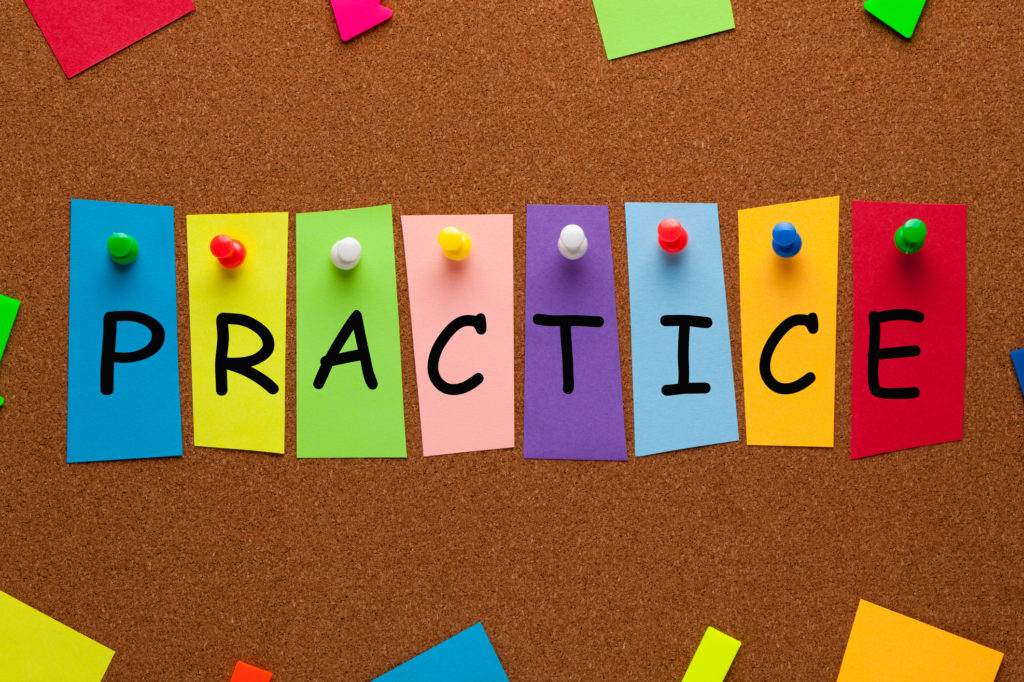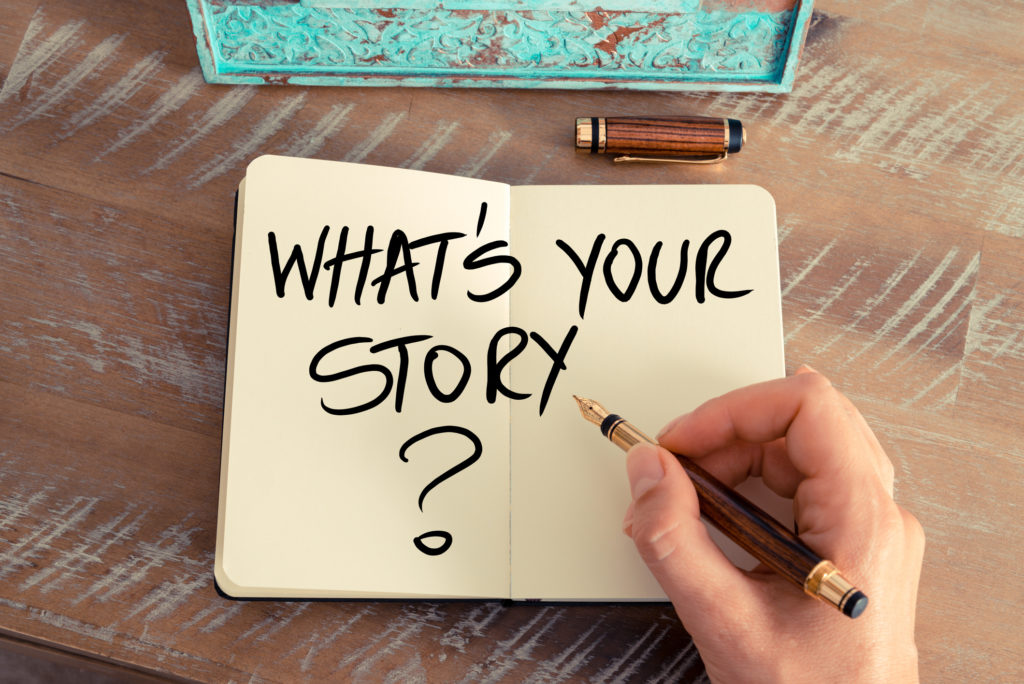Public Speaking Report 7: 19 Ways to Be a Great Panelist

You’ve been invited to be a panelist. No problem, right? You’ll just show up and answer the questions. How hard could it be?
Not so fast.
Being a great panelist requires you to be engaged, prepared, and completely present. You must stay true to your key message, even as you navigate real-time, on-the-spot interactions with your fellow panelists and moderator.
We offer you 19 tips on how to do just that.
19 Ways to Be a Great Panelist
1. Plot It Out
Saying yes to a panel inextricably links you to your fellow speakers and moderator. Or, at least it should. Panel discussions that are a series of disjointed, mini presentations come across to the audience in the same way. Each panelist has unique points to share, but a cohesive approach that puts those pieces of the puzzle together provides the audience with a framework to categorize and remember the main themes and points.
That’s not to say everyone must agree, but the points and counterpoints should be connected and relevant to the topic at hand. When done well, this exchange of viewpoints can, among other things, add to the existing knowledge of a subject, reveal an alternative approach to an enduring challenge, create common ground, or spur a community to action.
Prior to the discussion:
Talk with the moderator. Ideally, the moderator conducts a pre-panel meeting or call to go over the theme and format of the panel, the logistics (seating arrangement, room size, the audio setup), and each panelist’s role and expected area of expertise. As you go over the logistics, you might want to ask whether panelists will ask questions of one another, if slides will be used as supports, and whether you will be introduced or are introducing yourself.
Get to know your team. During the conversation, listen closely to your fellow panelists. The conversation can be an early indicator of how your personalities and speaking styles mesh. This is important information. During the presentation, you may need to challenge a panelist with whom you disagree or agree with another and expand on their points.
Do your homework. If you have never worked with your fellow speakers, research their work and look for recordings of their appearances on previous panels. Doing so will help you to understand their arguments, which could become useful fodder to forge agreement or frame disagreements during the panel discussion.

2. Maximize Your Introduction
Your distinct talents and expertise have the spotlight all to themselves during the introductions – so make yours count by keeping it short and essential. Here’s what you might include:
- Who you are
- What you do
- Where you are from
- Why you are there
- The main idea you intend to communicate
- The point of view from which you approach the topic
To get the best bang for your buck, frame the answers to those questions within the context of the theme or subject of the panel – whether you are introducing yourself or someone else.
Here’s an example of a panelist being introduced prior to a discussion about emotional intelligence in a digital world. This is the bio she could provide to the moderator:
“Emily Wakefield is a computer programmer for a large financial firm in Chicago. She believes all the skills she brings to her job – problem solving, critical thinking, and listening – are the same skills one needs to be emotionally present in the “real” world. Her growing concern, however, is a generation of young people whose reliance on technology is making them more reactive and less reflective.”
Even if poor Emily is at the mercy of a fellow panelist with a penchant for the filibuster (more on that later), she will have managed to land one of her key points during the introduction.
One additional note: If you are introducing yourself, follow a similar guideline.
“I am a computer programmer for a large financial firm in Chicago. My job requires me to solve problems, think critically, and listen – all skills I intend to utilize during this discussion. I’m also looking forward to talking more broadly about the concept of emotional intelligence, as well as a specific concern of mine – a generation of young people whose reliance on technology is making them more reactive and less reflective.”

3. Know Your Top-line Message
Prepare for your panel just as you would any other presentation, by establishing your audience-focused bright shiny object. Your ABSO is a combination of your goals and the needs, concerns, and desires of your audience. An effective ABSO:
- Is reinforced through memorable stories that are emotionally compelling and meaningful, as well as statistics that are conveyed and delivered with real-life examples.
4. Place Your Headline at the Top of Some Answers
We typically speak in chronological order – beginning, middle, and end – but for panels, you should flip the formula for at least for a few of your answers. Start at the end – which is where your punchline usually lives – by offering a direct one- to two-sentence answer to the question. Then go back and offer additional context (typically found in the beginning and middle) as time allows. That way, if the moderator or a panelist interjects before you’ve concluded your thought, you’ve already gotten your most important point across.
Here’s an exercise to get you ready:
- Write out a list of possible questions.
- Practice answering each of them with just one sentence.
- Record your answers. The concrete, succinct nature of your responses will force your headlines to the top.
- Then, decide what supporting material you’d like to add to that short, initial response.
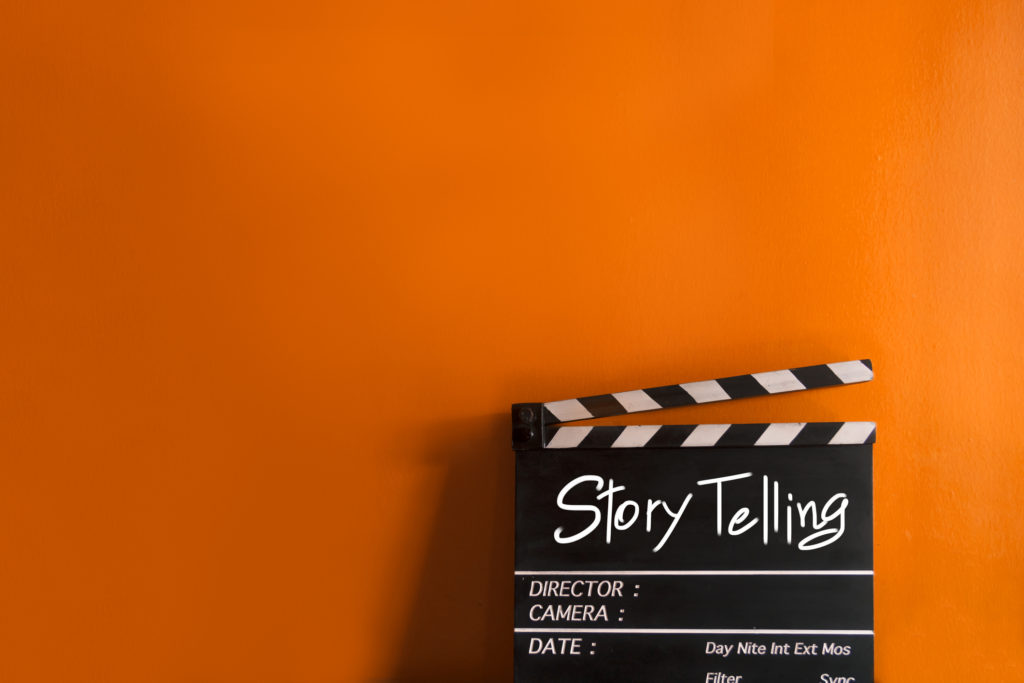
5. Dwell on the details
Compelling panel discussions operate like great dinner parties or salons where observers get as much out of the discussion as the participants at the table. How do you make room for everyone at the table? Tell a story.
When you can deliver consistently engaging and emotionally driven anecdotes, case studies, and relevant statistics, you become a reliable go-to for a moderator looking to interject life and energy into the discussion.
How do you create stories that matter? Focus on stories that are descriptive, emotional, and fire up the imagination. Here are some examples:
- You share a short story about a new product that failed.
- You vividly describe the conditions (nearly impassable roads, primitive infrastructures, and other inherent dangers) your field workers face while distributing supplies and aid.
- If you want to talk about the care that goes into your products, get into the intricacies and all the people involved in its creation – from how you source the supplies, to the design, construction, and final review (just remember to keep it focused on the people behind each step).
- Share the story of a person who has benefited from a new community initiative.
- If you are asked to speak about what it is you do, flesh out the basic points of your resume by sharing pivotal moments in your career that led you to where you are today. Successful (or not-so-successful) decisions, important mentors, big breaks, etc.
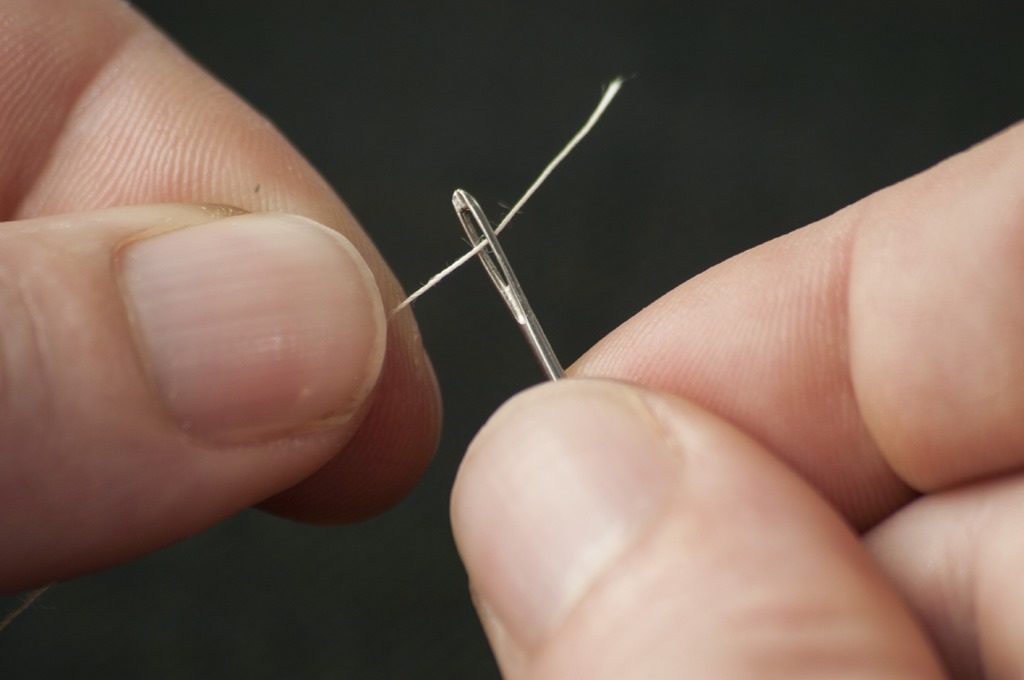
6. Bring it back
One of the best ways to keep the conversation moving is to have a toolbox of phrases that help you to transition by threading one thought to another.
For instance, if the moderator or another panelist says something off-topic, quickly evaluate whether it’s worth your time to respond to it. Too often, panelists spend time on topics of secondary importance simply because they came up — not because they’re of high significance. If your precious talk-time isn’t best spent on those topics, acknowledge them quickly, if necessary, and transition back to your key points.
Here are some lines you can use:
“But the broader point is …”
“What we regard as far more important is … ”
“While those are legitimate concerns, I am more worried about … ”
7. Expand, don’t repeat

Avoid saying, “I agree with ….” When everyone is saying the same thing, it’s not only boring, but the audience may find it easy to tune you out.
If you agree with what a fellow panelist has said, do not feel obligated to add on to the comment with repetitious material. However, if you have a nuanced view or something to add to the thought, don’t hold back.
Say our panelist, Emily, has just heard a fellow panelist express fear that teens’ dependence on tech is co-opting basic human reactions. She agrees, but also believes tech can be used as a teacher to reinforce the social skills humans have long evidenced. She could say this:
“Dr. Bowen is correct in noting that teens are too reliant on their devices. I also think those devices offer us a way to reach the generation that was raised in a digital world. I see it as a matter of utilizing apps and crowd-sourced activities to bring them together in the real world through the tools they are most comfortable using. It’s our job to create the products that will allow them to do that.”
Here are some other examples of how you can expand the conversation:
“That’s a good point, but there’s one additional strategy that has been vital for my firm.”
“Here’s what I’d add to what Marco just said.”
“I did the same thing, but for different reasons.”
8. Avoid filibusters
Don’t be that nightmarish panelist who dominates talk-time at the expense of other panelists. Audiences often resent such overbearing displays. The true measure of great panelists isn’t how much of the clock they got to use, but rather how they took advantage of every turn to speak.
This is often done innocently. Panelists may feel they have only been speaking for 30 seconds, when they have been speaking for three minutes. Run a stopwatch during your practice session to get a sense of the actual running time.
9. Keep it simple

It’s easy to see how a group of experts, along with an expert moderator, might become a bit insular with industry terminology and concepts when they come together. Industry acronyms, scientific jargon, or academic lingo is not likely to be easily understood by your audience. Answers should be simple, easy to understand, and relatable.
If you know you are speaking to an audience with specialized knowledge, you may not need to be as concerned about using “industry speak.” However, there may be some in the audience, and (if the talk is recorded) a future digital audience, that would benefit from your use of analogies and metaphors, as well as commonsense and everyday examples, to help contextualize complex theories, intricate devices, or complicated procedures.
10. Be contrary
Healthy dissent provides the tension that transforms a ho-hum panel discussion into one that hums. By dissent, we mean anything from friendly sparring to a more serious rift of opinion. Here’s how to deliver an alternative view:
- Deliver contrary opinions with respect
- Make sure they are based on fact, not personal attacks
- Remain authentic to your message
Here are some phrases to transition from one panelist’s views to yours:
“There’s another angle through which I’d encourage you to look at this.”
“As an engineer, I have a different view of this topic.”
“With all due respect, I disagree. Here’s why … ”
11. Interrupt … Politely
For most panels, it’s appropriate to jump in if you disagree with or want to add something to what another panelist just said. Let the person speaking conclude their thought first, as audiences can turn on chronic interrupters. Here are some useful phrases:
“May I add something here?”
“I’d like to respond to something Paula just said.”
“Our experience has been the opposite of that, so I’d like to offer a contrasting view.”
“Another perspective on that point might be useful here.”
“I disagree with that, because …”
12. Don’t Make It a Commercial
Even if you are on the panel because your expertise is tied to the latest book you wrote or product you just launched, the audience wants to learn and hear about you – the story behind your knowledge – as well as the topic of the presentation. Avoid constant plugs or pitches. However, you can deftly work in references.
Here’s a way to answer a question while subtly alluding to your new book:
“It’s interesting that you say that. As I was doing research for my new book, Cyber Connecting: How We Emotionally Bond in the Days of Digital, I discovered a divide in the way sources got back to me. People in their 40s, 50s, and 60s tended to want to talk to me either over the phone or in person. Those who were younger, and presumably grew up in a more digital world, preferred texting or email. It made me wonder just how much technology is changing the way we fundamentally experience human connection.”

13. Find Your Focus
Look at the audience
Panelists typically look only at the moderator (or other panelists) when answering questions and virtually ignore the other people in the room. Instead of viewing the audience as a passive body looking in on somebody else’s discussion, look for opportunities to direct your answers to them.
As examples, you can direct your answers to the audience when:
- You offer a tip that directly affects their lives
- You give a call to action
- You share a moving story
- You want to demonstrate a concept or product through gestures
- You are sharing your key point or message
- You are answering audience questions as conveyed through the moderator
Look at the moderator
When directly asked a question by the moderator or when wrapping up your answer, your gaze should be on your moderator. Through direct eye contact, you may also be able to signal to the moderator when you want to interject (if the format frowns upon the panelists doing so on their own).
Look at your fellow panelists
When interjecting a point into the conversation, making a transition, following up on a comment, or, in general, referencing the words or work of a fellow panelist, maintain eye contact through the beginning of your response and then adjust your gaze to the audience. When a fellow panelist directly references your words or work, maintain eye contact momentarily and then break it to once again look out on the audience. When listening, look at the person speaking, not the audience.
14. Avoid Wardrobe Malfunction
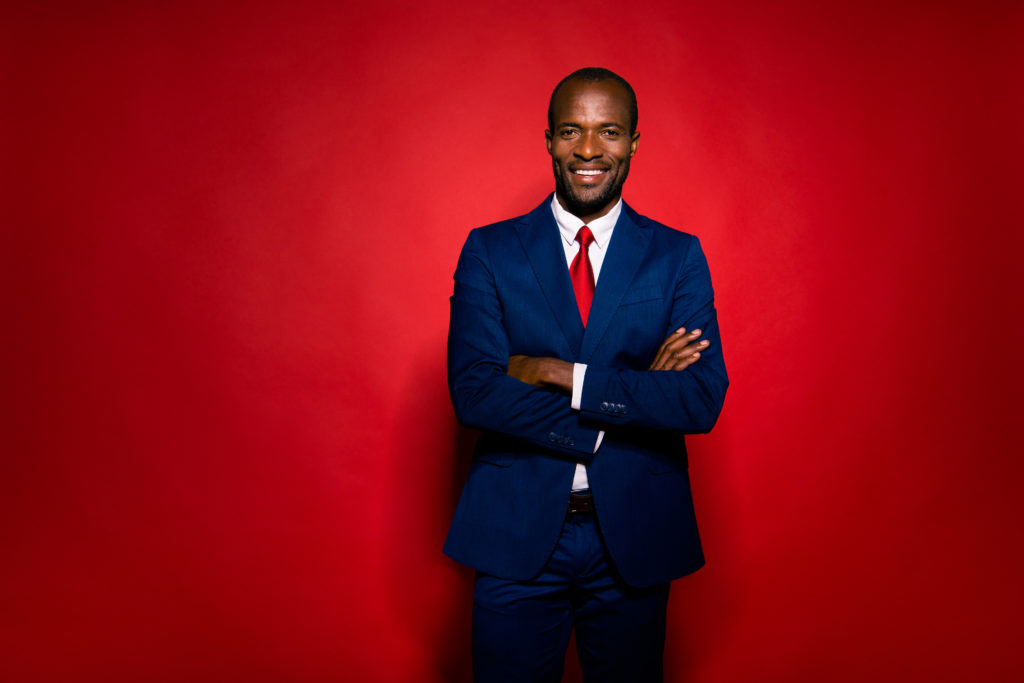
In a previous clients-only report, we took a comprehensive look at how best to dress for your next presentation. Here, we offer one additional warning:
Know the kind of seating that will be used. Plush, low-set armchairs or a couch are likely to be problematic for at-the-knee dresses and skirts. Dress pants may rise, too, revealing socks or bare skin. High-backed stools may similarly create challenges for certain outfits.
15. Sit in an End Seat
Moderators generally sit in an end seat to see the entire panel in one eye sweep. Snagging the opposite end seat, if possible, will give you the same advantage.
16. Pay Attention to Your Body Language
Be alert to how you are sitting, too. Even if your seat is not entirely comfortable, try not to fidget. While you should refrain from slouching in your chair, if your fellow panelists are taking a more relaxed stance in their seats, it’s OK to adopt their lead. When you are addressing a question or responding to another panelists, you can lean forward slightly in your chair (even of those low, comfortable ones), and firmly plant your feet on the floor. Try to avoid crossing your legs, at least when speaking. It’s OK, though, to cross your feet at the ankles.
Research has shown that gestures can help speakers to retrieve words and speak more easily. In addition, purposeful and controlled gestures can help you appear more natural and enhance the impact of your words. In other words, don’t be afraid to be demonstrative – within reason – and the audience will pick up on your energy.
The audience can see you when you’re not speaking. So, it’s best to avoid appearing distracted, disengaged, or defensive while others are talking.

17. Arrive Early, Stay Late
If you arrive early ….
You may get your pick of seats, but you also have a moment to set up, see the room, make introductions with fellow panelists, set out your notes on the table or stool (if such a perch is available to you), and take some deep breaths. You can also clear up any last questions for the moderator and let him or her know that you are willing to stick around after the event to answer questions and meet with members of the audience.
If you linger …
You may be able to meet members of the audience who want to meet you and answer questions they didn’t get a chance to ask. It also can be a wonderful opportunity to network and exchange information with audience members and fellow panelists.
18. Do Research on You
If you have championed a controversial idea or approach in the past, be prepared to talk about it. A good moderator or fellow panelist is likely to bring it up. Google yourself. Know what could come up and prepare a response that doesn’t appear defensive.
19. Fight Self-doubts
Do you feel like a fraud, amid all those other successful and intelligent panelists? Are you battling lingering self-doubts and insecurities about your knowledge or skills? Do you think it is just luck that got you where you are today?
Such doubts are symptoms of the imposter syndrome, which causes qualified, competent experts to believe they attained their place at the table (or in those low-set, comfy armchairs) simply because of luck or being in the right place at the right time (or an assortment of other self-limiting excuses), rather than because of their accomplishments and expertise.
Here are some positive thoughts to counter the self-limiting ones:
- You may not know all there is to know, but what you do know makes an important contribution to the topic.
- It’s OK to say “I don’t know” in response to a question.
- It’s not all about you. The most important people in that room are the audience, to whom you are going to deliver value.
- Consider how your work or expertise on the subject has already enlightened or helped other audiences. Relish the opportunity to do that again.
Wrapping it up
As any polite guest will tell you, it’s always good to thank the host. A panel discussion is no exception.
You can express gratitude at the beginning of the discussion, at the end, or both. A simple thank you to the moderator, your fellow guests, and the audience not only is a sign of good manners, but also sets a tone of congeniality and respect.
Such graciousness also is likely to keep the doors opening on future opportunities for you to reach your audience. When you are a prepared, engaged, informative, dynamic, respectful, and an occasionally surprising or provocative panelist, audiences and peers alike will likely see you as an expert and leader in your field.
